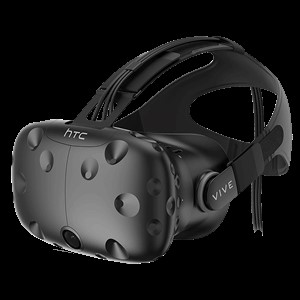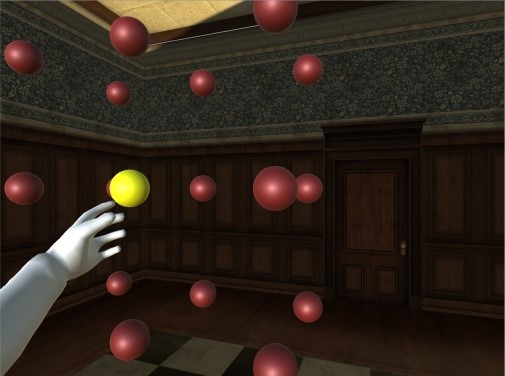Executive Summary
Following stroke, functional impairment of the more impaired limb is exacerbated by a behavioral maladaptation: learned nonuse of the limb. Through a poorly understood decision-making process, the stroke survivor chooses to reduce the use of the impaired limb. As a result functional gains achieved in robotic trainings often disappear at long-term follow-up, showing the impact of behavioral adaptation on long-term recovery. The goal of our research is to examine how neuromechanical impairment of patients affects their decision-making process. That is, we wish to understand their decision-making process with regard to how they distribute effort between their two arms.
We will expand a well-established modeling approach to examine factors that influence the decision-making of patients in the form of reward (time efficiency) and penalty effort/neuromechanical deficits). The quantified deficits of subjects will be used to ‘predict’ their choice of limb use in the simulated functional activities in a virtual-reality (VR) environment. Lastly, we will explore the use of sensorimotor input (visual/somatosensory) to influence their decision-making process. The outcomes of this study will elucidate an important aspect of functional degradation post-stroke, the effects of neuromechanical impairment on learned non-use, which is critical in designing home-based training protocols to maximize the use of affected limbs, thereby increasing rehabilitative outcomes
Expected Deliverables


Meet the R3 Team
-

Sang Wook Lee, PhD
Learn More -

Reza Shadmehr, PhD
Learn More -
Jing Wang
Learn More
